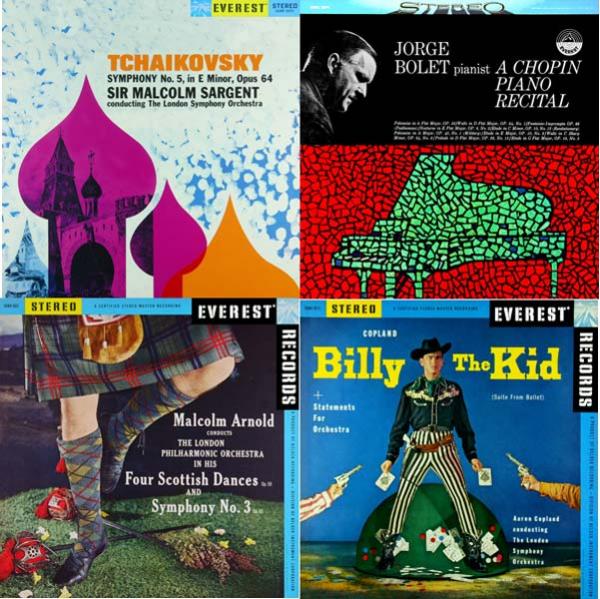| Columns Retired Columns & Blogs |
I had three out of the four pictured (no Scottish Dances, alas) when I was a child and built my first tube gear using a trusty soldering iron and some very used inexpensive Altec15 inch monitors in home made cabs with Radio Shack electrostatic add-on tweeters.
To say that these would bring back memories is the understatement of the year. Back then I was the most geeked out pre-adolescent audiophile in the land and had much in common with a certain 30 something engineer neighbor who was astonished at my passion. He had multicell Altecs himself.
Fast forward 50 years and I had been working diligently to find the absolute maximum potential in 44.1 CD format as it is still ubiquitous however these hi-rez downloads may just push me into the computer camp as they would be such a treasure to own yet once more in a format we could not have imagined in those earliest of days.
What a hobby! 50 years of treasured experiences and it STILL like a first kiss. By the way it was pretty cool to be listening to early West Coast Jazz and Symphonic works during the time right AFTER 50s Doo Wop and BEFORE the Beatles.
This stuff was what I loved to listen too and obviously it has never worn off... Even if I DO like darn near everything from Caruso up to the early 70s. After that, not so much.







































